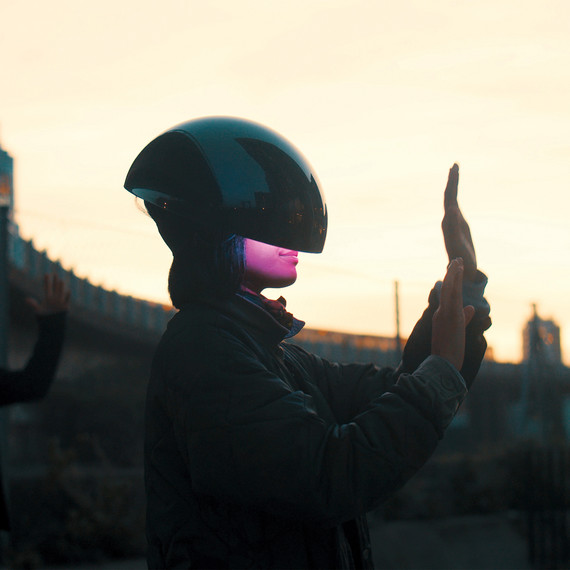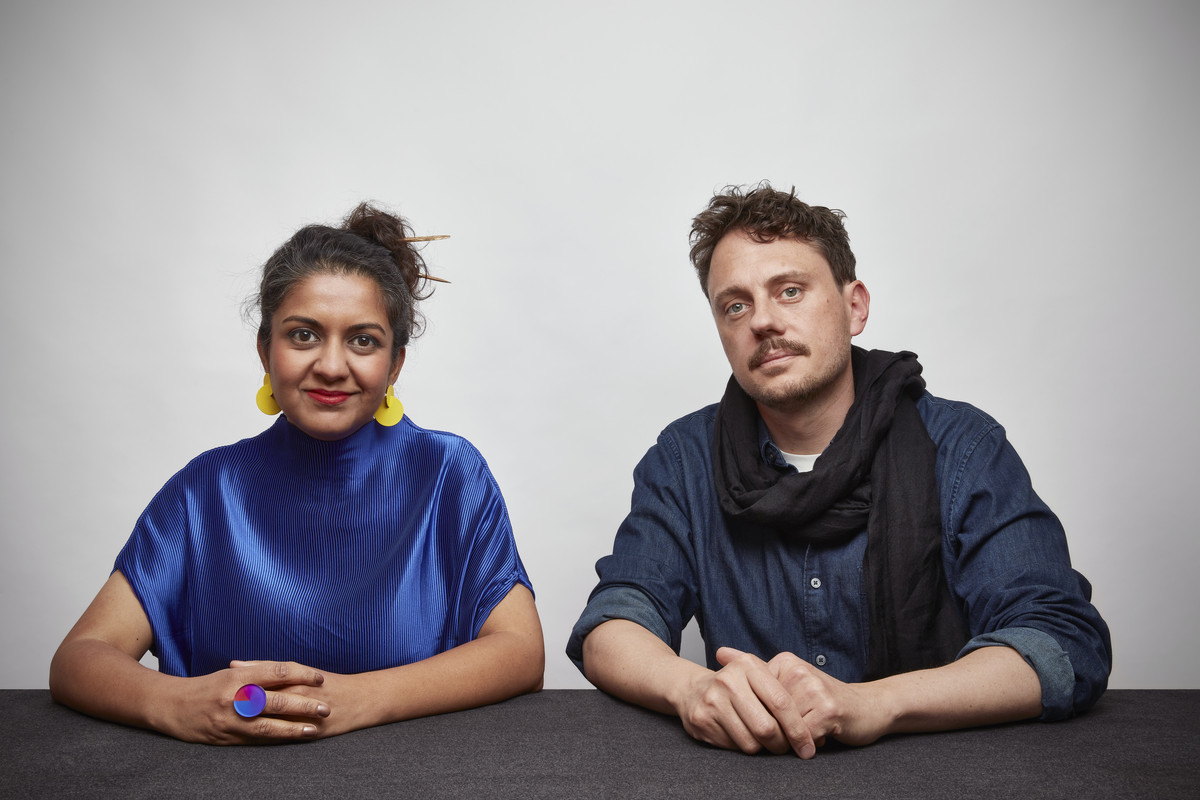»I’m interested in a robot that is able to make me feel uncomfortable, to make me feel that I’m standing on a slippery slope and may potentially lose control.«
Interview with Superflux
Superflux is a multidisciplinary design studio based in London. A leading protagonist of the critical design movement, Superflux addresses pressing social issues by designing speculative, fictitious scenarios of the future. : Cofounder Anab Jain talks with Amelie Klein, curator of exhibition »Hello, Robot. Design between Human and Machine«, about what she would like to see in robots and her hopes for the future.
Amelie Klein: What, in your opinion, is a robot?
Anab Jain: Robots are a very complex phenomenon, aren’t they? If something has a level of intelligence and is a sentient being, then maybe it’s a robot. I’m interested in how we assign sentience and what sentience means. I’m interested in a robot that is able to make me feel uncomfortable, to make me feel that I’m standing on a slippery slope and may potentially lose control. I want to be provoked, and I want to be in a space where I really have to ask myself what it means to be human.
Loss of control – that strikes me as really challenging.
Yes, and isn’t that what people are most afraid of? That robots will take over and we will lose control? I think that’s a very genuine fear to have, but I wonder what that control has done for us as humanity, too. I think, mostly it has led to our hubris that we can control everything, that we are superior and at the centre of the planet. So the question about what a robot is can lead to some very philosophical conversations about what it might mean to distance ourselves from this idea – what it might mean to be sentient humans and to engage in a more symbiotic relationship with other humans as well as other, non-human beings. What might such a relationship lead to, what would it be? I don’t know, but I’m curious.
The new edition of »Hello, Robot.« includes a recent work by Superflux, a film called The Intersection«. It is set in a near, dystopian future that is very similar to our present, but it ends on a hopeful note.
It was a very difficult project. Our brief was to imagine a hopeful future. For us, that’s the case when people decide to come together, not in spite but because of their differences, to try and have a conversation and create a circle of care. I find hope in acknowledging that there will be crises and we are in a crisis, but finding ways to navigate it with ingenuity and humility. It is possible to do that. It has to be possible for the sake of future generations. We may not live in the current material comfort world that we are used to, but it could still be good. It will be differently good.
The Superflux mission statement says, Translating future uncertainty into present-day choices.« What does that mean?
There are so many uncertainties about everything at the moment. If you are able to at least fathom some of these deep uncertainties and translate them into possible worlds that you can actually step into and experience, then you’re considering that uncertainty, that threat and concern today, in a relatively safe space. So rather than thinking of the future as something that will happen to us, futures become choices, and that will hopefully help us make more informed decisions.
The problem is that we’re facing very complex issues which don’t allow for simple solutions. Quite the opposite – and that’s one of the main arguments in »Hello, Robot.«, too – the answers often seem to lie in the contradictions themselves. But what can we do about it?
Zapatismo [ed.: a political philosophy] speaks about a world in which many worlds exist. There’s never a question that we develop one possible future, and in a world where we agree that many divergent ideas and viewpoints can flourish, we don’t need to defend everything as being either my way or the wrong way. We can find a common ground on which to have a conversation but also appreciate our differences. Easier said than done, I know.
You can find all information on the exhibition »Hello, Robot. Design between Human and Machine« here.

